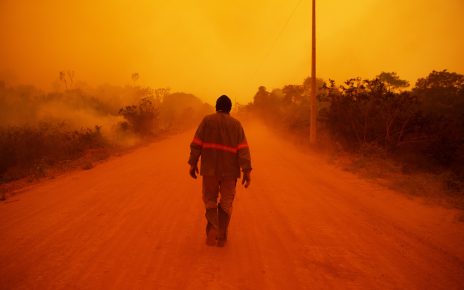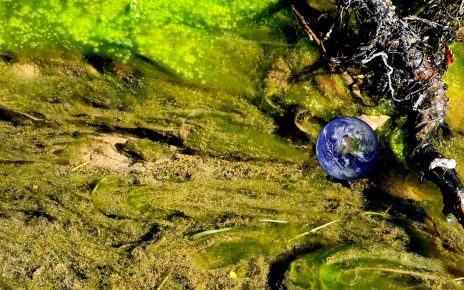SARS, Ebola and now SARS-CoV-2: all three of these highly infectious viruses have caused global panic since 2002—and all three of them jumped to humans from wild animals that live in dense tropical forests.
Three quarters of the emerging pathogens that infect humans leaped from animals, many of them creatures in the forest habitats that we are slashing and burning to create land for crops, including biofuel plants, and for mining and housing. The more we clear, the more we come into contact with wildlife that carries microbes well suited to kill us—and the more we concentrate those animals in smaller areas where they can swap infectious microbes, raising the chances of novel strains. Clearing land also reduces biodiversity, and the species that survive are more likely to host illnesses that can be transferred to humans. All these factors will lead to more spillover of animal pathogens into people.
Stopping deforestation will not only reduce our exposure to new disasters but also tamp down the spread of a long list of other vicious diseases that have come from rain forest habitats—Zika, Nipah, malaria, cholera and HIV among them. A 2019 study found that a 10 percent increase in deforestation would raise malaria cases by 3.3 percent; that would be 7.4 million people worldwide. Yet despite years of global outcry, deforestation still runs rampant. An average of 28 million hectares of forest have been cut down annually since 2016, and there is no sign of a slowdown.
Societies can take numerous steps to prevent the destruction. Eating less meat, which physicians say will improve our health anyway, will lessen demand for crops and pastures. Eating fewer processed foods will reduce the demand for palm oil—also a major feedstock for biofuels—much of which is grown on land clear-cut from tropical rain forests. The need for land also will ease if nations slow population growth—something that can happen in developing nations only if women are given better education, equal social status with men and easy access to affordable contraceptives.
Producing more food per hectare can boost supply without the need to clear more land. Developing crops that better resist drought will help, especially as climate change brings longer, deeper droughts. In dry regions of Africa and elsewhere, agroforestry techniques such as planting trees among farm fields can increase crop yields. Reducing food waste could also vastly lessen the pressure to grow more; 30 to 40 percent of all food produced is wasted.
As we implement these solutions, we can also find new outbreaks earlier. Epidemiologists want to tiptoe into wild habitats and test mammals known to carry coronaviruses—bats, rodents, badgers, civets, pangolins and monkeys—to map how the germs are moving. Public health officials could then test nearby humans. To be effective, though, this surveillance must be widespread and well funded. In September 2019, just months before the COVID-19 pandemic began, the U.S. Agency for International Development announced it would end funding for PREDICT, a 10-year effort to hunt for threatening microbes that found more than 1,100 unique viruses. USAID says it will launch a new surveillance program; we urge it to supply enough money this time to cast a wider and stronger net.
In the meantime, governments should prohibit the sale of live wild animals in so-called wet markets, where pathogens have repeatedly crossed over into humans. The markets may be culturally important, but the risk is too great. Governments must also crack down on illegal wildlife trade, which can spread infectious agents far and wide. In addition, we have to examine factory farms that pack thousands of animals together—the source of the 2009 swine flu outbreak that killed more than 10,000 people in the U.S. and multitudes worldwide.
Ending deforestation and thwarting pandemics would address six of the United Nations’ 17 Sustainable Development Goals: the guarantee of healthy lives, zero hunger, gender equality, responsible consumption and production, sustainably managed land, and climate action (intact tropical forests absorb carbon dioxide, whereas burning them sends more CO2 into the atmosphere).
The COVID-19 pandemic is a catastrophe, but it can rivet our attention on the enormous payoffs that humanity can achieve by not overexploiting the natural world. Pandemic solutions are sustainability solutions.
Read more about the coronavirus outbreak here.




